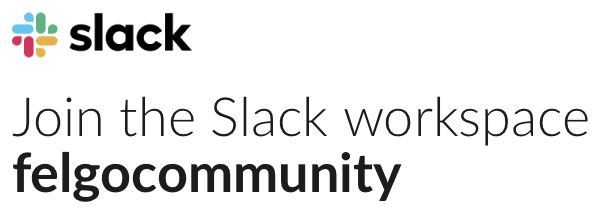Hello,
I have been starting to learn Felgo and i love it. However i dont love when the tutorials dont cover everything. For example in BalloonPop where is code in the sourcecode example how to make the game start after the splashscreen but i cant find anything about this in the tutorial? And as a beginner who dont have the indie license yet this is a must to correctly see the result of the game. Wouldnt it be best to just have it built in so that the code dont start to execute until the splashscreen is finished? That way you dont need to think of having this in the tutorials.
I have learnt alot from this but it was close for me to give up on Felgo and i am thinking that this can be very confusing for new Felgo users. You create a box, and turn on some gravity and when they run that game they see no box because of that it has already fell out of the screen because of that the code starts running while the splashscreen runs.



